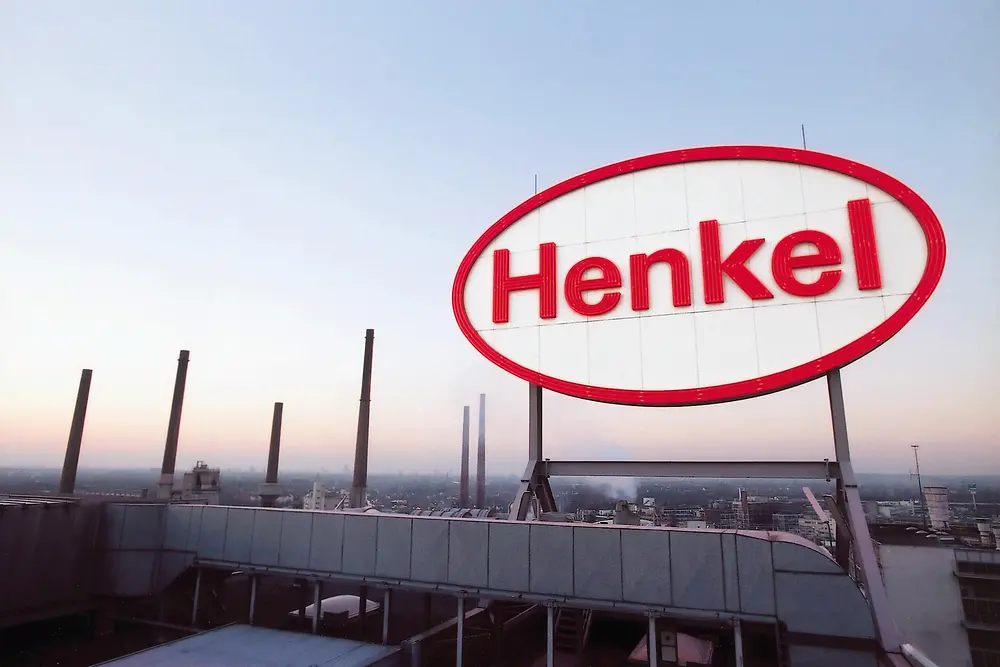Automation and digitalization also help us to keep our workers safe. For example, advanced technologies are used to prevent accidents involving fork lift trucks across our factories. An electronic warning zone, supported by the digital backbone, is created when everybody on site wears a badge that sends a signal to the forklift. These badges automatically tell the truck to stop when an employee comes within a certain distance. Similarly, modern technology increases safety by improving processes for avoiding potentially harmful substances in the air. These substances used to be measured by taking samples from filters and sending them to be analyzed in a lab. However, digital tools now monitor these values in real time, which means there’s no longer a delay between taking the sample and receiving a result.
Of course, a strong digital backbone relies on people power. That’s why we’re upskilling our employees and empowering them to bring our digital backbone to life. More than 1,800 of our people now have access to our digital backbone, which we began introducing in 2014. It connects almost 4,000 sensors across 33 of our factories and warehouses around the world, and has already helped us to achieve annual cost improvements in the double-digit million euros range. For the future, our vision is for all data from across our entire value chain to be connected in real time. This will put us in an even stronger position to increase quality, efficiency and sustainability – and create more, with less.


















